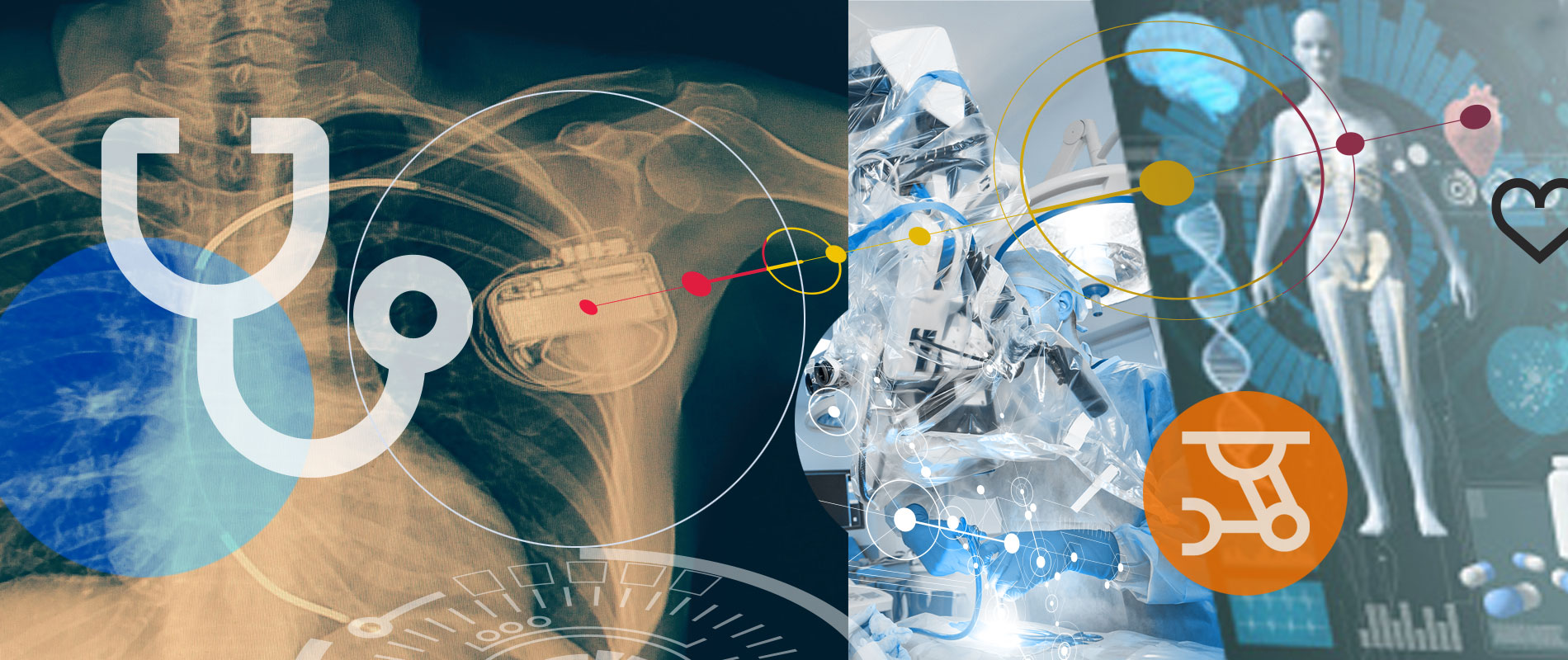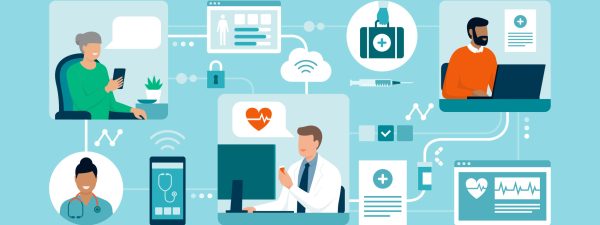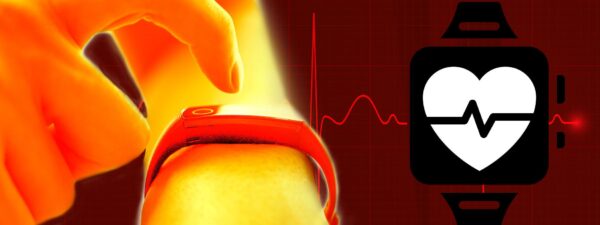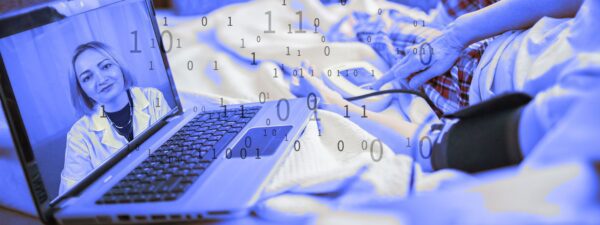Staff
Internet of Things (IoT) has become a phenomenon and is here to stay. While there are varied opinions on how many IoT devices are already out there, ranging from hundreds of millions to billions, one thing is certain – this technology is transforming industries from Healthcare to Automotive to Manufacturing. Healthcare, which has been traditionally a laggard in technology adoption, is coming on strong with IoT to the level where there is a new term called, Internet of Medical Things (IoMT).
IoMT Applications
In the early days of healthcare adoption of IoT, main focus was on remote monitoring of equipment and devices for maintenance and other metrics. We have come a long way from that point. There are numerous IoMT applications already deployed in healthcare benefitting the industry and patients alike. Here are just a few examples of these productive applications:
- Pacemakers: A pacemaker is a small device that’s placed in your chest to help control your heartbeat. It’s used to help your heart beat more regularly if you have an irregular heartbeat. This has been a hot area for IoMT for patients with heart diseases. Gone are the days when you had to go in to get the doctors to look at your pacemakers. The connected pacemakers have light sensors that can connect to network devices by your bedside and from there communicate over the Internet to servers that can be accessed by doctors and hospitals for monitoring and diagnostics. Patients can be anywhere even remote and enjoy their lifestyle while supported by their medical staff.
- Diabetic Sensors: A diabetic or glucose sensor is the part of a continuous glucose monitoring system that is inserted under the skin, which allows it to measure your glucose levels. As all diabetics know, their lifestyle can be severely hampered due to variation of blood sugar levels, either too high or too low. Having these sensors constantly monitoring your glucose level can make it so much easier for patients. Remote monitoring is especially useful for the elderly as it removes the need to using needles to test and reduces trips to the doctor.
- Covid: IoT has already played a key role in the Covid-19 pandemic. From wristbands that help you in keeping a safe social distance to monitoring of vaccine movement and temperature control are some major areas where IoT has helped. For future pandemics, IoT will continue to be a strong technology that can help provide some additional controls.
- Robotic Surgery: By deploying small Internet-connected devices inside the human body, surgeons can perform surgeries that are more precise and avoid some of the human errors.
Barriers
While there is no denying that IoMT offers an unprecedented potential, like with any revolutionary technology, there can be some barriers that slow down the pace of the roll out. Some of these barriers include:
- Security: Security is a major concern for IoMT due to privacy issues with the patient data and the stakes are too high that can result in injury or even death. With an onslaught of cyberattacks from Russia, China, and other countries, most recently being the Colonial Pipeline hack, it’s a genuine fear. Healthcare is a clear target for hackers due to old legacy applications and infrastructure with a potential to make a lot of money with ransomware. Good news is that the cybersecurity industry is coming up with a lot of new solutions to help protect against some of these attacks.
- Cost: Like any new technology, IoMT can require significant resources and investment in infrastructure to make it successful. But, major developments in technology have helped reduce costs of sensors and chips and as IoT grows, cost will continue to go down. Also, potential savings from deploying IoT will more than outweigh the costs in the long run.
- Awareness and adoption: In spite of all the growth in IoMT, it still lacks awareness in many parts of the world. According to some sources, more than 70 percent of health care companies and clinicians are not yet prepared to adopt connected medical devices.
The Future
Regardless of all the barriers, the future of Internet of Things and Internet of Medical Things can be described in one word. Bright. Connected medical devices will continue to improve and become more mainstream because the potential of productivity for the healthcare industry along with the convenience for patents, are powerful forces that will accelerate its momentum. The healthcare industry needs IoMT for its long term growth and survival.




